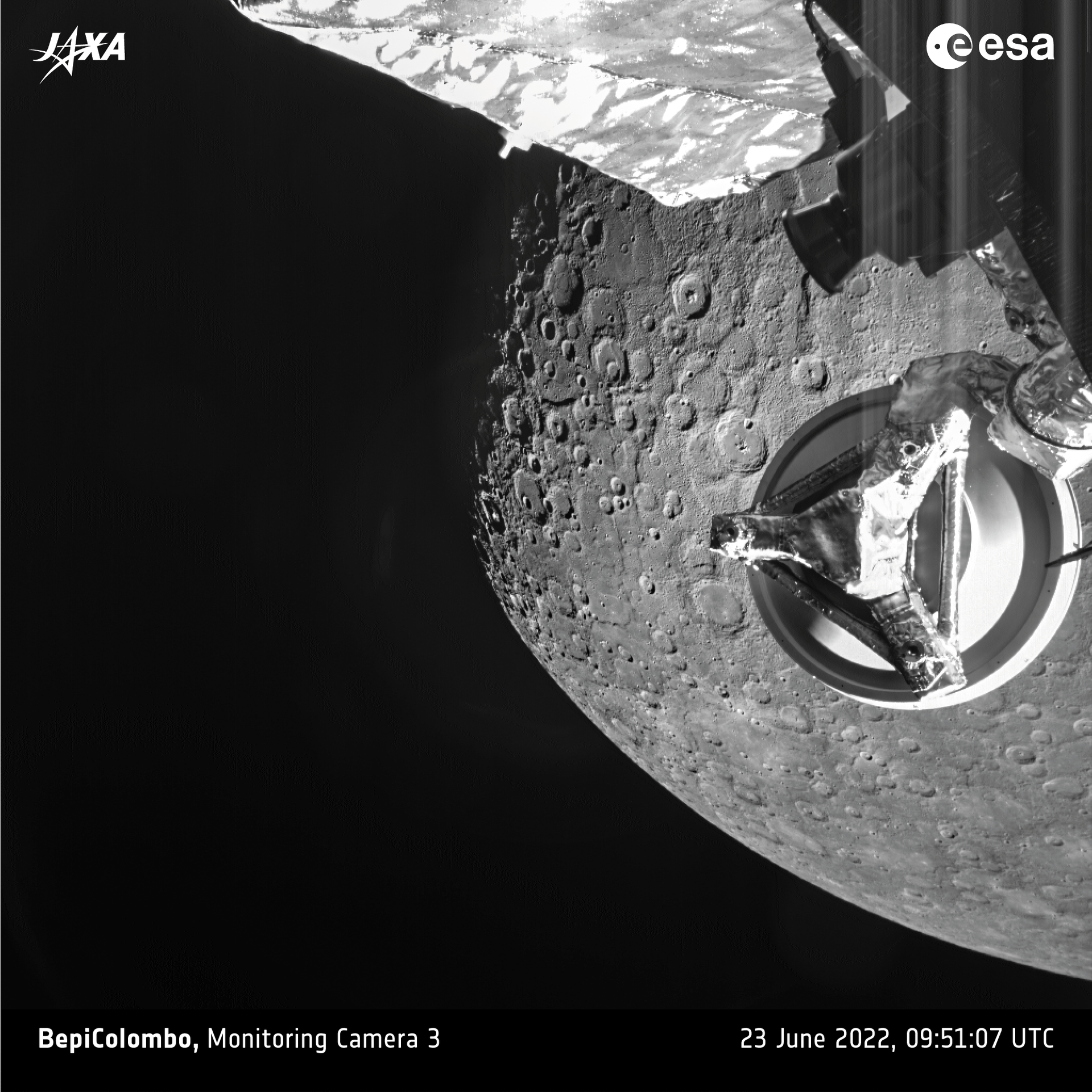Accept all cookies Accept only essential cookies See our Cookie Notice

About ESA
The European Space Agency (ESA) is Europe’s gateway to space. Its mission is to shape the development of Europe’s space capability and ensure that investment in space continues to deliver benefits to the citizens of Europe and the world.
Highlights
ESA - United space in Europe
This is ESA ESA facts Member States & Cooperating States Funding Director General Top management For Member State Delegations European vision European Space Policy ESA & EU Space Councils Responsibility & Sustainability Annual Report Calendar of meetings Corporate newsEstablishments & sites
ESA Headquarters ESA ESTEC ESA ESOC ESA ESRIN ESA EAC ESA ESAC Europe's Spaceport ESA ESEC ESA ECSAT Brussels Office Washington OfficeWorking with ESA
Business with ESA ESA Commercialisation Gateway Law at ESA Careers Cyber resilience at ESA IT at ESA Newsroom Partnerships Merchandising Licence Education Open Space Innovation Platform Integrity and Reporting Administrative Tribunal Health and SafetyMore about ESA
History ESA Historical Archives Exhibitions Publications Art & Culture ESA Merchandise Kids Diversity ESA Brand Centre ESA ChampionsLatest
Space in Member States
Find out more about space activities in our 23 Member States, and understand how ESA works together with their national agencies, institutions and organisations.
Science & Exploration
Exploring our Solar System and unlocking the secrets of the Universe
Go to topicAstronauts
Missions
Juice Euclid Webb Solar Orbiter BepiColombo Gaia ExoMars Cheops Exoplanet missions More missionsActivities
International Space Station Orion service module Gateway Concordia Caves & Pangaea BenefitsLatest
Space Safety
Protecting life and infrastructure on Earth and in orbit
Go to topicAsteroids
Asteroids and Planetary Defence Asteroid danger explained Flyeye telescope: asteroid detection Hera mission: asteroid deflection Near-Earth Object Coordination CentreSpace junk
About space debris Space debris by the numbers Space Environment Report In space refuelling, refurbishing and removingSafety from space
Clean Space ecodesign Zero Debris Technologies Space for Earth Supporting Sustainable DevelopmentApplications
Using space to benefit citizens and meet future challenges on Earth
Go to topicObserving the Earth
Observing the Earth Future EO Copernicus Meteorology Space for our climate Satellite missionsCommercialisation
ESA Commercialisation Gateway Open Space Innovation Platform Business Incubation ESA Space SolutionsLatest
Enabling & Support
Making space accessible and developing the technologies for the future
Go to topicBuilding missions
Space Engineering and Technology Test centre Laboratories Concurrent Design Facility Preparing for the future Shaping the Future Discovery and Preparation Advanced Concepts TeamSpace transportation
Space Transportation Ariane Vega Space Rider Future space transportation Boost! Europe's Spaceport Launches from Europe's Spaceport from 2012Latest

The search for volcanoes
Thank you for liking
You have already liked this page, you can only like it once!
The joint European-Japanese BepiColombo mission captured this view of Mercury on 23 June 2022 as the spacecraft flew past the planet for its second of six gravity assist manoeuvres at Mercury. This image was taken at 09:51:07 UTC by the Mercury Transfer Module’s Monitoring Camera 3, when the spacecraft was 1406 km from the surface of Mercury. Closest approach of 200 km took place shortly before, at 09:44 UTC. In this view, north is up.
The cameras provide black-and-white snapshots in 1024 x 1024 pixel resolution. This image has been 'block replicated' to 2048 x 2048 pixels. Some imaging artefacts such as vertical striping are also visible. The back of the high-gain antenna and part of the spacecraft’s body is also visible in front of Mercury in this image.
While clearly a heavily cratered region, this image also highlights some of Mercury’s volcanic history. Mercury’s smooth plains were formed by volcanic eruptions of runny lavas that spread across the planet 3.7 billion years ago – such as the plains visible between BepiColombo’s high-gain antenna and towards Mercury’s limb.
The eruptions that formed these plains did not commonly build volcanoes that we are familiar with on Earth. The floor of the 125 km wide Heaney crater (next to BepiColombo’s high-gain antenna in the centre of this image) is covered in smooth volcanic plains, and a small mound is illuminated. This is a rare example of a candidate volcano on Mercury, which will be an important target for BepiColombo’s high resolution imaging suite once in orbit.
North of Heaney, past the high-gain antenna, is Amaral crater (105 km wide) with a clearly defined rim and a central peak cluster. The region surrounding Amaral is pockmarked with so-called secondary craters caused by material ejected from Amaral during its formation re-impacting onto the surface nearby. This texture is common around fresh craters on Mercury.
Click here for an annotated version of this image.
The gravity assist manoeuvre was the second at Mercury and the fifth of nine flybys overall. During its seven-year cruise to the smallest and innermost planet of the Solar System, BepiColombo makes one flyby at Earth, two at Venus and six at Mercury to help steer on course for Mercury orbit in 2025. The Mercury Transfer Module carries two science orbiters: ESA’s Mercury Planetary Orbiter and JAXA’s Mercury Magnetospheric Orbiter. They will operate from complementary orbits to study all aspects of mysterious Mercury from its core to surface processes, magnetic field and exosphere, to better understand the origin and evolution of a planet close to its parent star.
-
CREDIT
ESA/BepiColombo/MTM -
LICENCE
CC BY-SA 3.0 IGO or ESA Standard Licence
(content can be used under either licence)

The search for volcanoes (annotated)

Best images from BepiColombo's sixth Mercury flyby

BepiColombo hugs Mercury – annotated

BepiColombo snaps a close-up of Mercury















 Germany
Germany
 Austria
Austria
 Belgium
Belgium
 Denmark
Denmark
 Spain
Spain
 Estonia
Estonia
 Finland
Finland
 France
France
 Greece
Greece
 Hungary
Hungary
 Ireland
Ireland
 Italy
Italy
 Luxembourg
Luxembourg
 Norway
Norway
 The Netherlands
The Netherlands
 Poland
Poland
 Portugal
Portugal
 Czechia
Czechia
 Romania
Romania
 United Kingdom
United Kingdom
 Slovenia
Slovenia
 Sweden
Sweden
 Switzerland
Switzerland

























